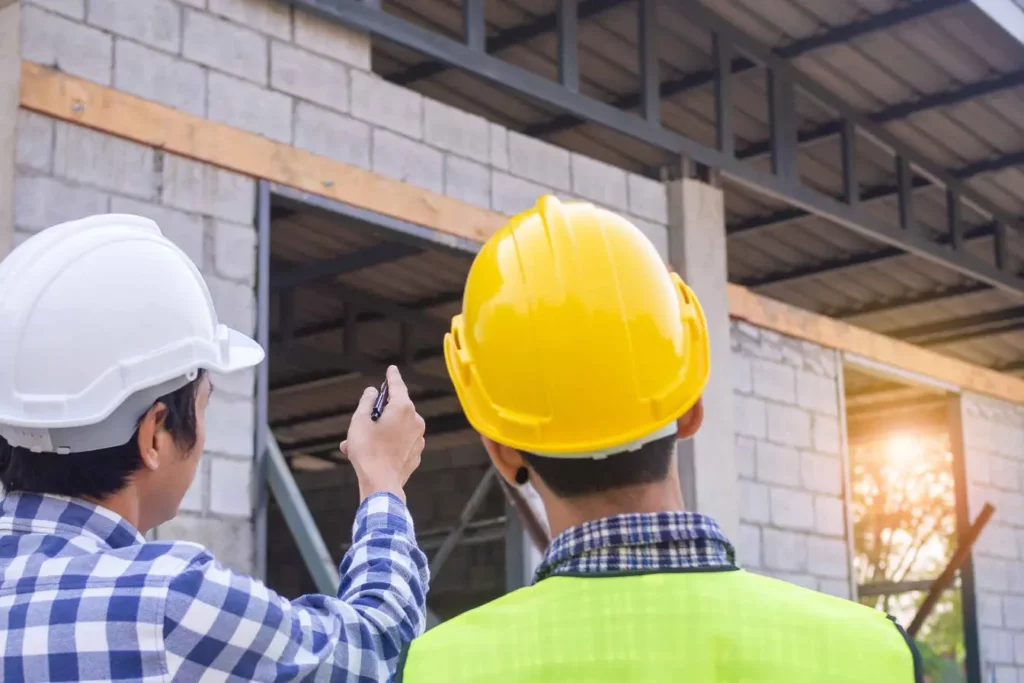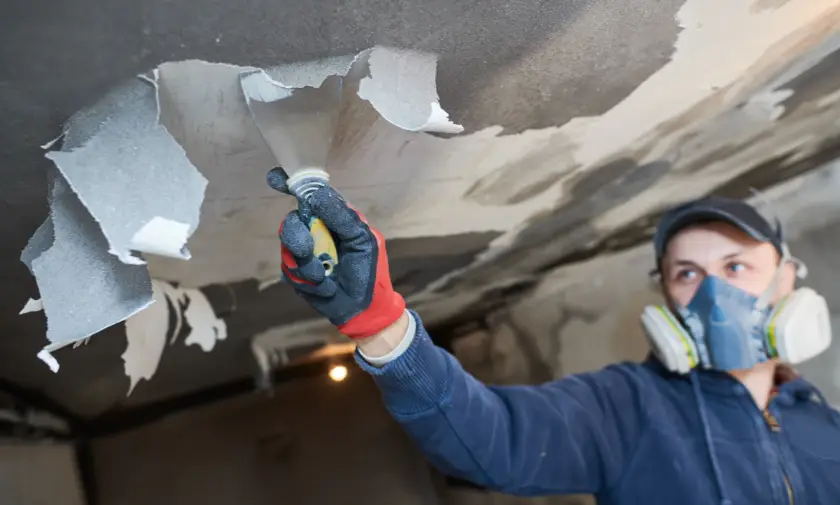Experiencing a fire in your home is a devastating event that leaves a lasting impact on both property and peace of mind. Once the flames are extinguished, a new set of challenges emerges – the process of rebuilding and ensuring home safety post-fire.
Beyond the visible damage, hidden risks and hazards may persist, making it crucial for homeowners to navigate this phase with vigilance and informed decision-making. In this article, we will delve into vital tips that every homeowner needs to know to ensure home safety in the aftermath of a fire.
1. Structural Assessment

The aftermath of a fire is a precarious time for a home’s structural integrity. Even if the flames have been extinguished, the potential for hidden damage remains. Engaging a professional structural engineer becomes paramount to conduct a comprehensive assessment. This expert will meticulously inspect the home, examining the stability of walls, floors, and the overall foundation.
This detailed evaluation ensures that any structural issues, no matter how subtle, are identified and addressed promptly. Swift action in rectifying these concerns is crucial to prevent potential collapses or further deterioration, safeguarding not only the property but the safety of those within.
2. Air Quality Monitoring
The aftermath of a fire extends beyond visible damage, with potential health risks lingering in the air. Particulate matter from smoke residues poses a threat when inhaled, making post-fire air quality monitoring essential. Investing in professional air quality testing provides a detailed analysis of pollutants and toxins.
Should elevated levels be detected, the use of air purifiers equipped with HEPA filters becomes imperative. These devices effectively remove lingering particles, ensuring that the air circulating within your home is not only visibly clear but also safe for long-term occupancy, especially for those with respiratory concerns.
3. Secure the Property
In the aftermath of a fire, the vulnerability of your property, whether in Conroe, Texas, or anywhere in the US., is heightened. To prevent unauthorized access and protect against potential weather-related damage, securing the property is a proactive measure.
Boarding up windows, reinforcing doors, and installing temporary fencing act as a deterrent to trespassers while also providing an additional layer of protection against the elements. These measures not only preserve the integrity of the property but also mitigate the risk of additional challenges during the recovery process, ensuring a more seamless and focused restoration.
4. Professional Cleanup

Cleaning up after a fire is a complex and intricate process that requires professional expertise. Soot, ash, and smoke residues can permeate every surface, creating potential health hazards. Engaging companies that offer fire damage restoration Conroe is crucial for a thorough cleanup.
These professionals possess the necessary knowledge, advanced equipment, and protective gear to meticulously clean and sanitize affected areas. By addressing these issues comprehensively, professionals not only mitigate immediate health risks but also prevent long-term damage to surfaces and materials, fostering a more effective and durable recovery.
5. Electrical and Utility Inspection
The aftermath of a fire often leaves electrical wiring and utilities compromised, posing significant safety risks. Before restoring power or utilities, it is imperative to enlist the services of a qualified electrician for a detailed inspection. Water used during firefighting efforts can exacerbate electrical issues, making a meticulous examination crucial.
Ensuring that these components are in optimal condition minimizes the risk of electrical fires and other safety hazards. The careful attention of a qualified professional in this regard is an essential step towards re-establishing a safe and secure living environment within the home.
6. Mental Health Support
The aftermath of a fire is not only a physical challenge but also a mental and emotional one. Coping with the loss of possessions and the trauma of the event requires emotional support. Seeking counseling or joining support groups can provide a crucial outlet for processing emotions and dealing with the aftermath.
Prioritizing mental well-being becomes an integral part of the overall recovery process for homeowners. A resilient and healthy mindset is foundational for navigating the challenges of rebuilding and restoring a sense of normalcy.
7. Review Insurance Coverage
Initiating the claims process promptly after a fire is crucial for a swift recovery. Reviewing insurance coverage comprehensively is essential to understanding the scope of your policy. Documenting the damage thoroughly with photographs and detailed lists of lost or damaged items facilitates a smoother claims process.
Clear and consistent communication with your insurance company ensures that you have the necessary support to expedite the recovery of your home. By being thorough and proactive in addressing insurance matters, homeowners can navigate the restoration process with greater confidence, knowing that they have the financial support needed for a comprehensive recovery.
Conclusion
In the aftermath of a fire, the journey to restoring your home’s safety is a multifaceted and delicate process. From the initial shock to the painstaking efforts of rebuilding, ensuring that your living space is secure and free from potential hazards is paramount. The vital tips discussed above provide a roadmap for homeowners, offering insights into critical aspects such as structural assessments, air quality monitoring, and the importance of professional assistance. Remember, the path to recovery is not a solitary one – seeking support from professionals and relying on trusted resources can make the journey smoother.
